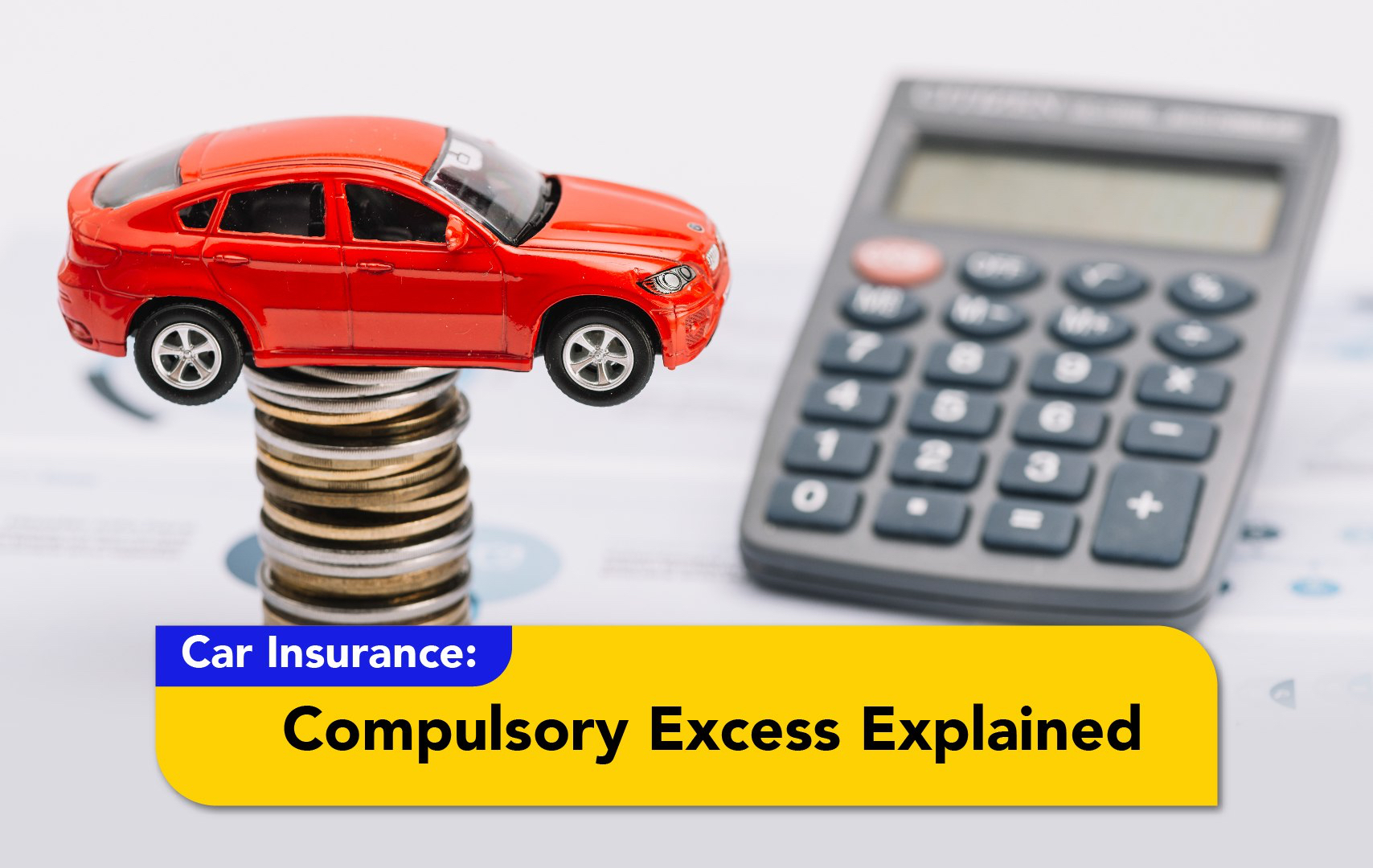What does excess mean in car insurance? This is one of many famous questions among those who are trying to get car insurance. Being in an accident is something worrying. But figuring out that you cannot afford the excess is something more serious.
You need to know every single thing about car insurance excess so that you will be able to know how much you must pay when you must make a claim. An excess is actually the amount of money the policyholder needs to pay to claim the insurance.
The excess insurance policies come in at least two different types The first one is voluntary excess and the second one is compulsory excess. Both of them are making up the total amount of excess. Many people know about this excess but many others don’t know they need to pay the excess to claim.
The Two Types of Car Insurance Excess
Car insurance excess, there are two different types of excess. Both of them are different and policyholders need to learn not only about what does excess mean in car insurance but also about each type of excess thoroughly.
This way, they will be ready to prepare enough money if it is time to claim. Below is everything about those two types of car insurance excess.
1. Compulsory excess in car insurance
This compulsory excess will be set by the insurance provider and there is no way it can change. The amount of compulsory excess depends on the car you are riding, the driving history, and also other drivers you add to the car insurance policy.
The car insurance compulsory excess will also depend on whether you chose to take out the no-claims protection or not.

2. Voluntary excess in insurance
Another type of car insurance excess is voluntary excess. This type of excess is the amount of money you choose to pay above the compulsory excess. The amount is a fixed amount that you agree to on the day you take out the car insurance policy.
Usually, higher excess voluntary means the cheaper the premium you should pay. So, the compulsory excess is the insurance excess that’s decided by the insurance company.
But the voluntary excess is the insurance excess that you chose based on what you can afford to pay when you finally have to claim the insurance.
When to Pay the Excess
A car insurance company is going to ask you to make payment for the excess as soon as you start the claim. There will be an investigation process to review who was at fault and what happened after you make the payment.
Sometimes, the car insurance excess can be deducted from your total repair bill. This means you can pay the excess at the claim process’s end. However, when you should pay the excess will depend on the insurance company, the claim circumstances, and also the car insurance policy.
After learning what does excess mean in car insurance, you should also learn about the repair cost. If the repair cost is lower than the excess, then you won’t be able to claim the car insurance. You are going to pay the total excess (both voluntary and compulsory), for:
- Fire damage.
- Write-offs.
- At-fault accident claims.
- Theft.
There are also some other things you need to know before calculating excess in insurance and paying it when claiming car insurance.
1. If the accident isn’t your fault
If another driver admitted his fault and already told his insurer, then the excess you should pay can be waived. But you usually will still be paying insurance excess. That’s why you should make sure that you can still afford the excess.
And when your insurance company is certain that you aren’t the one at fault, you are going to get the excess back.
2. If another driver is not insured
If an accident happens and another driver is not insured, some insurance companies will protect the no-claim discount you deserve or waive the excess or even do both. The same will also apply if another driver leaves the accident scene and cannot be identified.
3. You don’t have to claim the excess
There is no need to pay the excess if someone else is claiming against you. If you have TPO insurance or third-party insurance, you also don’t have to pay the excess. It is because your losses won’t be covered. And if someone claims against you, your insurance company will cover it.

What Does Excess Mean in Car Insurance – Additional Excess
Depending on the claim type, you may need to pay an additional or different excess. There are some different additional excess types you need to know.
1. If you’re a young driver
Every continent has different rules about the term ‘young drivers’. In the UK, if you are under 21, then you may have to pay voluntary, compulsory, and additional excess. And in the US, if the drivers are under 25, they have to pay the young driver excess.
This excess insurance example is unique because all insurance companies consider younger drivers as drivers with higher risk.
2. High-performance cars
If you are driving a high-performance or luxury car, you may need to pay an additional excess. This is because your car is way more attractive to thieves. Also, luxury cars are usually pricier to repair. A sports car and its higher speed capacity will also have a higher risk to be involved in an accident.
3. Windscreen repairs
Many car insurance companies also offer glass/windscreen excess. If the car’s windscreen is damaged, you can make a claim, but you need to pay a small good excess if the windscreen must be replaced. If the windscreen only needs repair, then the excess will be waived.
Now that you know what does excess mean in car insurance, the different excess types, and when you should pay the excess, it is time to calculate and see whether you can afford the excess. Every car insurance company is going to have different rules about car insurance excess.
Learn each car insurance company and its policy to see the excess. Make sure that you buy a car insurance policy with excess that you can afford.

Leave a Reply